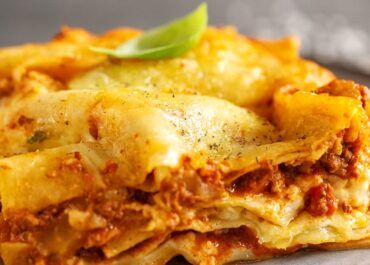Pompeii’s Green Ring Wins 2024 ASLA Award for Landscape Design
After receiving the Cityscape International Prize for its strategic restoration of Pompeii’s landscape, the “Green Ring around Ancient Pompeii” project has earned one of the most prestigious accolades in landscape architecture: the 2024 ASLA Professional Award. This marks the first time an Italian studio, Studio Bellesi Giuntoli, has received this honor. The award was presented today in Washington under the coordination of the Pompeii Archaeological Park, led by Gabriel Zuchtriegel.
The ASLA jury praised the project with the statement: “A sensitive and interesting approach on how to protect and regulate a heritage site through landscape design.” This acknowledgment emphasizes the project’s unique approach to preserving and enhancing a historic site through thoughtful landscape planning.
A Visionary Landscape restoration for Pompeii
The project, promoted by Italy’s Ministry of Culture and the Pompeii Archaeological Park, was designed by Studio Bellesi Giuntoli, with Paolo Mighetto overseeing the project’s coordination. Co-funded by the Ministry’s PNRR program, with a budget of approximately €870,000 and a total investment of €8 million, the initiative is currently focused on completing its first phase, funded with €3.4 million.
This ambitious project envisions transforming the landscape surrounding Pompeii’s ancient city walls. The restored path spans nearly 4 kilometers and links 11 zones from Porta Anfiteatro to Villa Diomede, incorporating green and agricultural areas bordering the archaeological site.
Enhancing accessibility and sustainability for visitors
The Green Ring aims to redefine how both residents and tourists experience Pompeii. By creating a linear park that redistributes visitor flow, the project will alleviate pressure on the archaeological site, safeguarding and enhancing the historical remains through an integrated landscape restoration.
The project features two circuits: one inside the ancient city walls and a freely accessible one outside, designed to encourage local community engagement. Iconic elements of Pompeii’s historic landscape will be revived, including the reintroduction of ancient species, such as the cypress tree, which will serve as a visual landmark.
Additionally, the plan includes improvements to accessibility for individuals with disabilities while connecting new and existing green areas. Public spaces for relaxation, play, and contemplation will be created along the path, offering visitors and residents new ways to engage with Pompeii’s natural and cultural heritage.
Connecting Pompeii’s past with Its present
As the Green Ring encircles the necropolises outside Pompeii’s walls, it offers visitors panoramic views of the archaeological remains of Mount Vesuvius, the bay, and the surrounding rural landscape. This project represents restoring Pompeii’s natural heritage and a forward-thinking approach to landscape architecture, blending cultural preservation with environmental sustainability.
The ASLA Award underscores Studio Bellesi Giuntoli’s innovative and sensitive design approach, which promises to transform how this world-famous historical site is experienced for generations to come.




